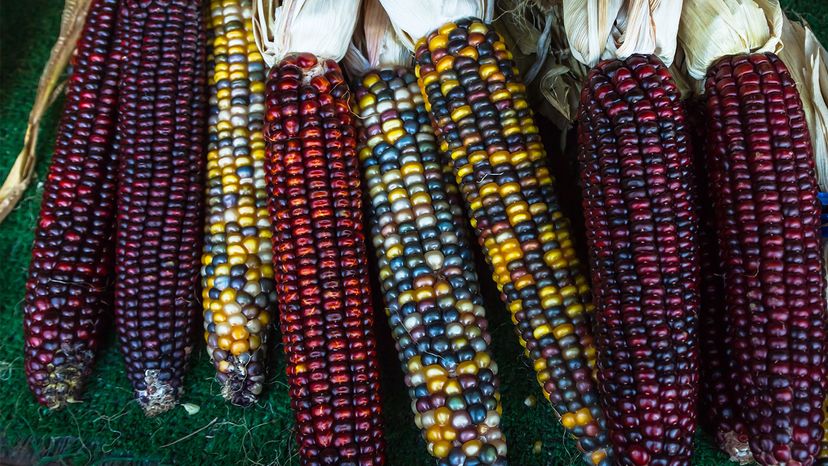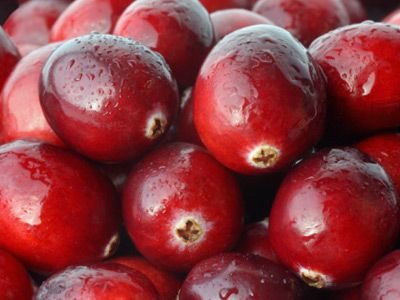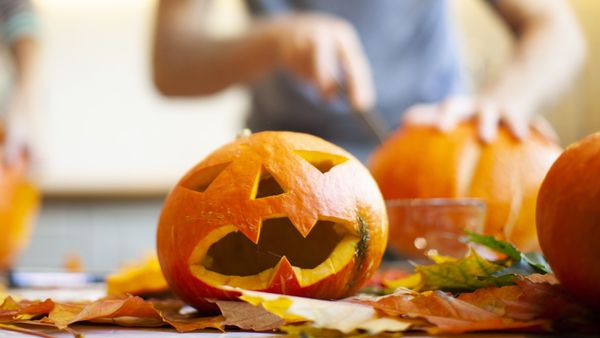But Indian corn's texture and composition aren't the most unusual things about it — its color is. Most of us are used to seeing bright yellow or golden ears of corn. How could blue, red, gold and yellow kernels coexist on the same cob? The Indian corn you commonly find at the grocery store is one of several hybrid varieties developed within the last 50 years. These calico-patterned or speckled varieties of Indian corn result from cross-pollination of single-shaded plants. In addition to the multicolored ears, there are solid ears in shades of white, ruby, blue and black.
With names like Strawberry Popcorn and Blue Corn, who could resist trying to plant Indian corn in their own garden? Luckily, it's pretty easy to grow — both the big ears and miniature 2- and 4-inch (5- and 10-centimeter) varieties. You can buy the seeds at garden supply centers or get them through mail order. Pay close attention to planting instructions; planting rows of solid-colored corn too closely will produce calico-colored ears. But if you're the adventurous type, let the seeds fall where they may.
If you're growing Indian corn for ornamental use, be sure to wait until the husks are no longer green to pick them, then let the ears dry for about a week. Once that's done, you can store them at room temperature for four to six months. Some people like to coat Indian corn with lacquer to give it a shiny appearance while others prefer the plant's natural look. And if you want to have another Indian corn harvest next year, at the end of the season, pick the largest, healthiest seeds from each cob and store them in metal, animal-proof containers.


